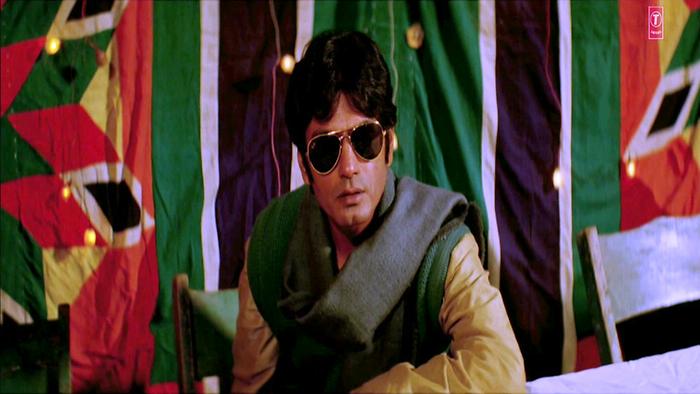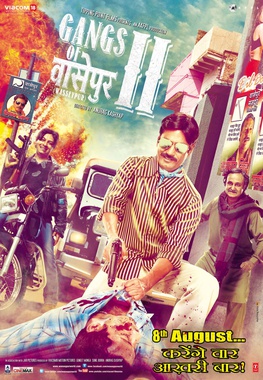


The singing teases to the adressed individuals and is mocking their pride and celebrates speaker’s machoism and over confidence. The singing and music is jolly and casual in nature as if reminding Bharat Muni’s theory that one can take pleasure from ‘bibhats rasa’ as well. It is one of the most often used phrases in Bihar: ‘jahan bologe wahin marenge’, ‘time aur jagah batao, wahi ghus ke marenge’, ‘kah ke marenge aur itna marenge ki agli saat pushtein yaad rakhengi’ (translates to: wherever you say, I will hit you there you tell the time and place, and I will enter and get you from anywhere I will let you know and then hit you hard, and that beating will be so gruesome that next seven generations will remember it.) The words, ‘ keh ke lunga‘, are perhaps inspired from the day-to-day expressions used to express your masculinity to your opposition. Keh ke Lunga: Now the album gets a track which is ‘daring’ in lyrics and physicality. It says that it’s no avail going to search a mustard seed in a heap of husk. Minimal instruments have been used to create a glimpse of the Bihar’s traditional folk singing. The music is rustic and the instruments are all folk. The music takes the back seat to his recital/singing, whatever you call it.īhoos: This is a song which brings the practical aspect of life and suggests you to not to go for impossible endeavours. This song is a celebration of fearlessness and compassion at the same time. Being the lyricist and the singer, the song pleases you if you are a thinking individual. Ik Bagal: Piyush Mishra sings with an intensity similar to a hitting poem. (sorry for generalising, but you people have generalised whole population!) The music is typical popular Bhojpuri folk music which reminds you of several superhit songs of the singer in last decade. More so, the lyrics is written in a way to sing the praise and the humility of Biharis who are generally looked down at by the so called ‘high class’ metro residents. When you hear him sing this song, which is an encouragement to the general culture of Biharis and sons of Bihar, you suddenly feel good about being a Bihari. Jiya tu Bihar ke Lala: It is unarguably established that manoj Tiwari’s voice carries the typical tone and the sweet pitch in which Bhojpuri is spoken. This album has some songs which are unique mix of gibberish, swear phrases, mourning cries to romantic and teasing words.

The whole album has songs that are different in nature, be it use of Dholak and Jhaal (primary musical instruments of folk songs in Bihar) or the unpolished rusticity of half of the vocalists. An audacious attempt by the director and music director in the commercial age. One album can’t represent the whole folk culture of any area but it is the best attemp by mainstream cinema. The soundtrack of Gangs of Wasseypur is simply awesome and gives you sparks of Bihar’s folk forms from celebratory fun-filled songs to the reciations at chaupals in the evening to the mourning of a women after her son/husband dies to the words that are used to thump one’s authority over others.


 0 kommentar(er)
0 kommentar(er)
